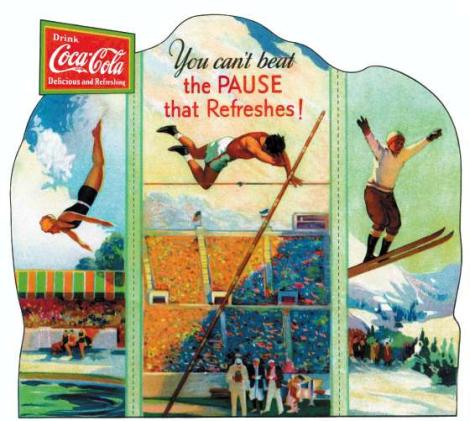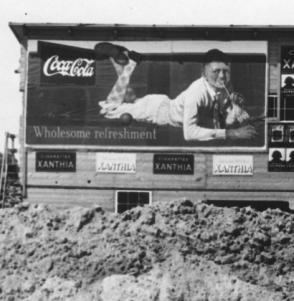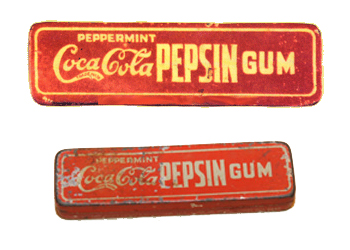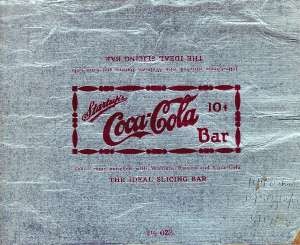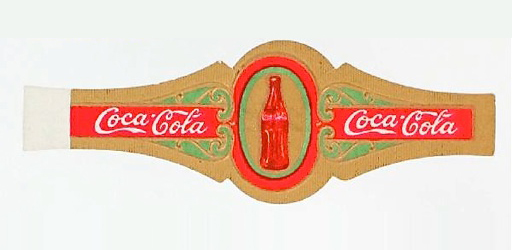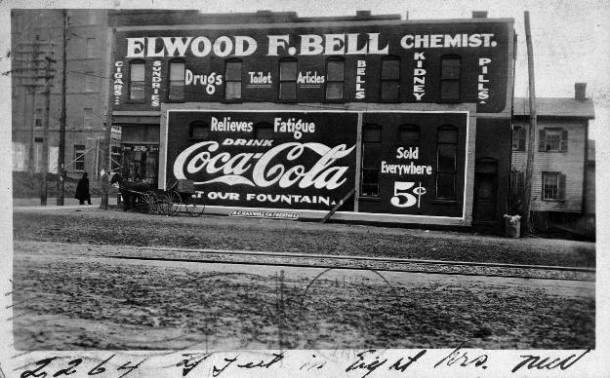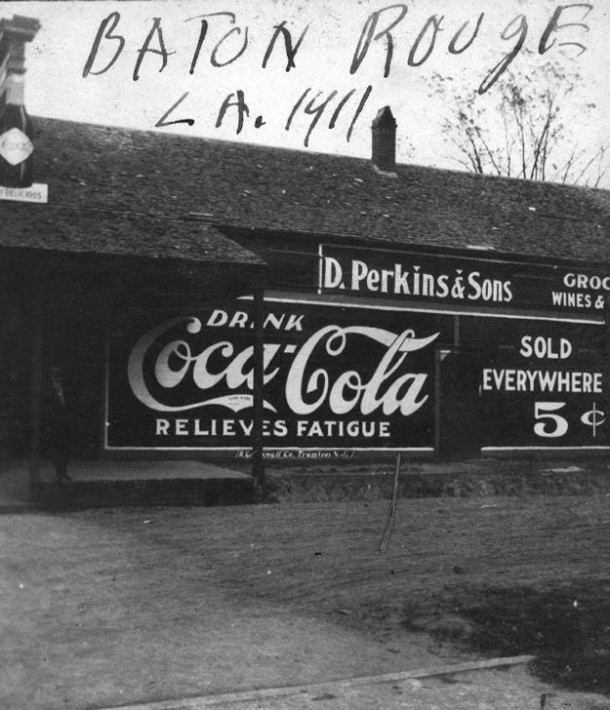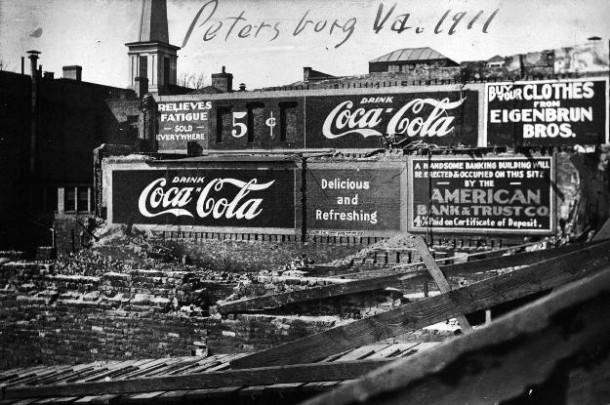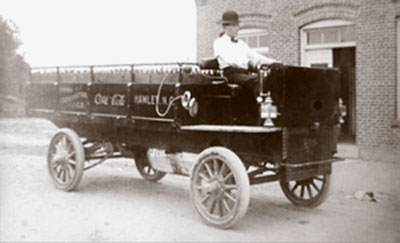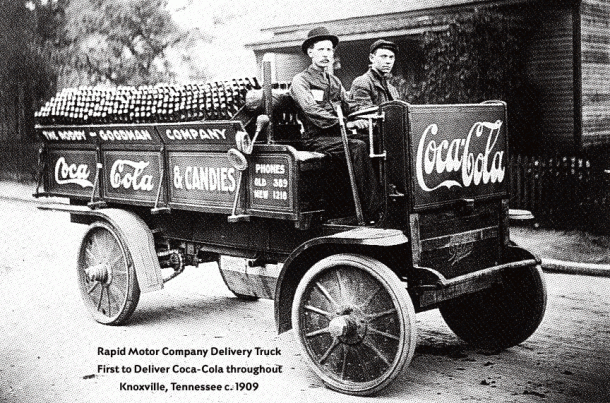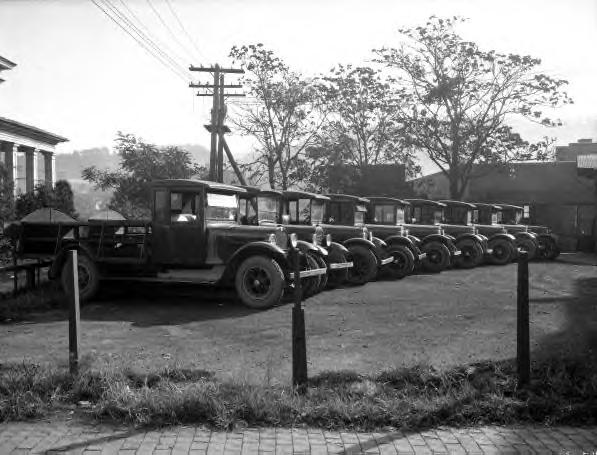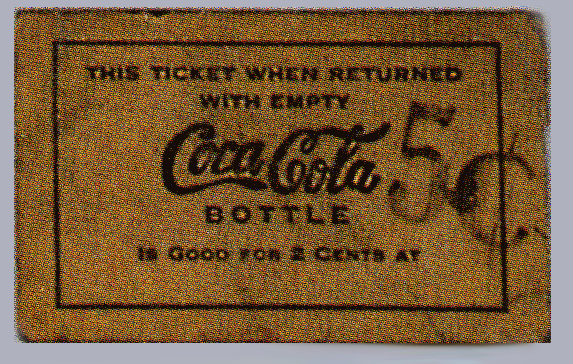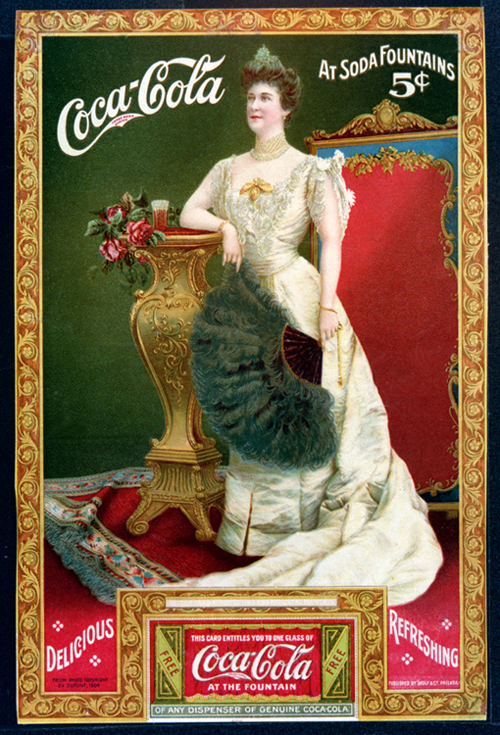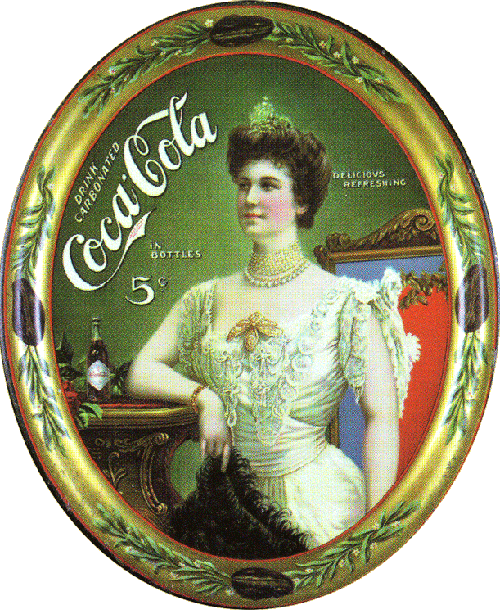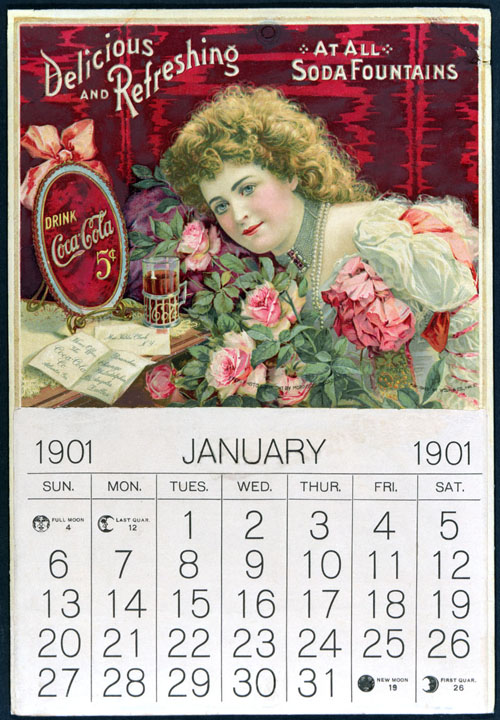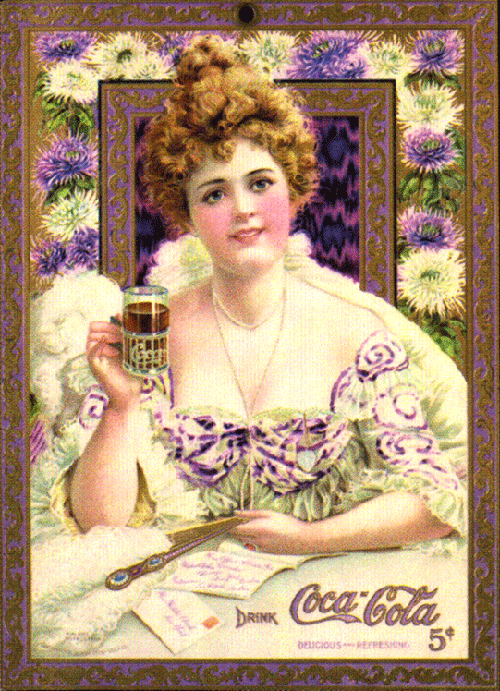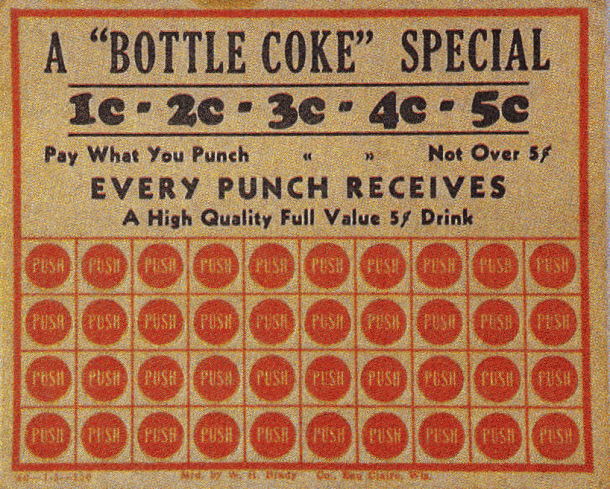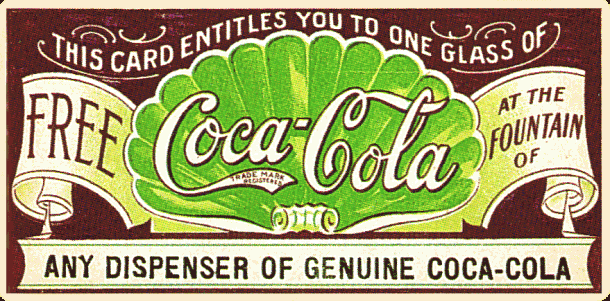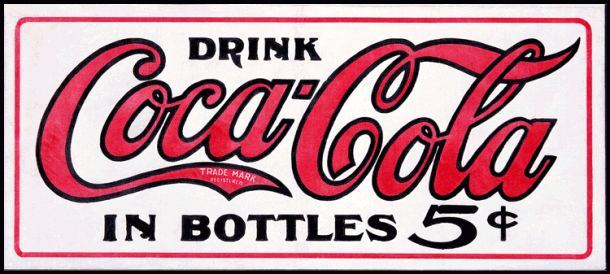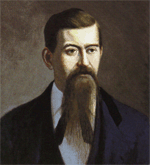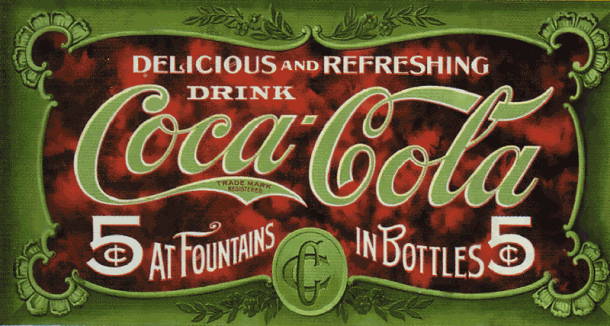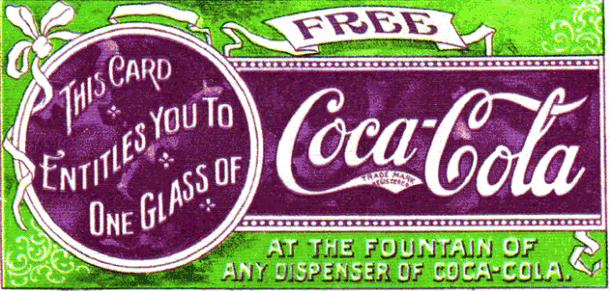Coca-Cola has a history almost as colorful as the drink itself. The Coca-Cola Company’s headquarters are located in Atlanta, Georgia, where the beverage was first concocted in 1886. Since it’s invention by Dr. John S. Pemberton Coca Cola started it’s way to the top, blessed with some of the most visionary and inspired promoters, marketers and advertisers in advertising history.
Coca-Cola – the longest continuous corporate partner of the Olympic Games
Robert Woodruff would spend 60 years as Coca-Cola’s leader introducing it to the rest of the world. Woodruff captured foreign markets with brilliant and creative campaigns, in one instance sending Coca-Cola with the U.S. team to the 1928 Amsterdam Olympics and in another, emblazoning the company logo on racing dog sleds in Canada. He even plastered Coca-Cola banners over the walls of Spanish bull fighting arenas.
Coca Cola non-soda items
Coca-Cola allowed the use of its name and logo with a variety of non-soda items produced by outside manufacturers, such as candy and cigars. One such product was Coca-Cola chewing gum, a product that enjoyed some success in the early part of the 20th century. Eventually, though, Coca-Cola became more reticent about allowing the use of its trademarks with anything other than official company-sponsored products, especially when those products were of such low quality that they might reflect badly on Coca-Cola itself. Such was the case with Coca-Cola chewing gum, which by 1924 had so deteriorated in quality as to be an embarrassment to the company. Coca-Cola sought to remedy the situation by purchasing the nearly bankrupt chewing gum maker through an intermediary and quietly retiring the product.
Deposit Ticket for one Bottle
Turn of the Century Deposit Ticket for one Bottle of Coca-Cola, c.1903
Lillian Nordica – new face of Coca Cola
From 1904 to 1905, Lillian Nordica became the new face of Coca-Cola. Born Lillian Norton in 1857 in Farmington, Maine, Madame Nordica was also a singer who had performed with the Metropolitan Opera in New York, as well as in many major musical venues in Western Europe and Russia. Early calendars and other promotional items featuring the divas of the time not only launched the popular Coca-Cola Girls advertising platform but Clark and Nordica items had also become some of the greatest hits with vintage Coca-Cola collectors over the years.
First Coca Cola Girl
Singer Hilda Clark became the first celebrity model for The Coca-Cola Company. Also known as the First Coca-Cola Girl, Hilda’s image was used on cardboard signs, tin trays, trade cards, bookmarks, drink tickets, and calendars from 1899 to 1903.
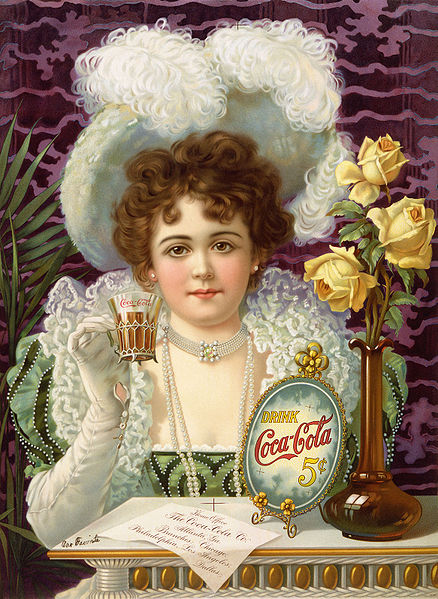
An 1890s advertisement showing model Hilda Clark in formal 19th century attire. The ad is titled Drink Coca-Cola 5¢.
Show more
Coca Cola coupons for free drinks, punch cards
Coca Cola coupons for free drinks, punch cards for accumulating free drinks:
First steps of Coca Cola
Coca-Cola’s inventor John S. Pemberton was not a shrewd marketer of his drink, and the ownership of Coca-Cola eventually passed to Asa Candler, whose company remains the producer of Coca-Cola today. It was Candler’s successful marketing, and continued by successors such as Robert Woodruff, that established Coca-Cola as a major soft drink in the global marketplace.
Frank Robinson, Pemberton’s bookkeeper, became Coca-Cola’s first marketing genius in short order, convincing Pemberton of the urgency for advertising the brand, and designing the famous Coca-Cola script and trademark. He pressured Pemberton to engage in lavish advertising promotions, issuing free drink coupons and plastering Atlanta with oil-cloth banners and streetcar signs to promote the brand. The extravagant advertising budget paid rapid dividends, quickly promoting Coca-Cola to become the most popular local beverage of it’s kind.

